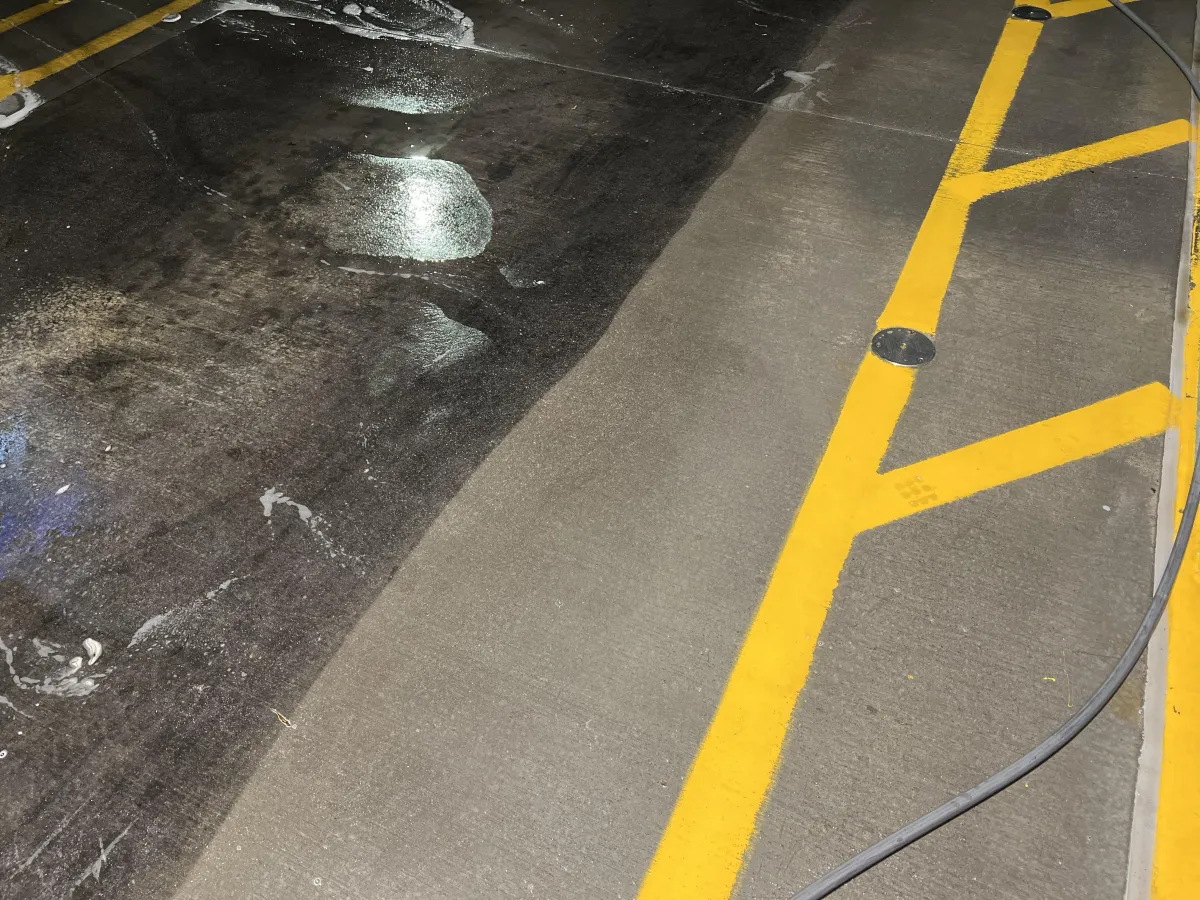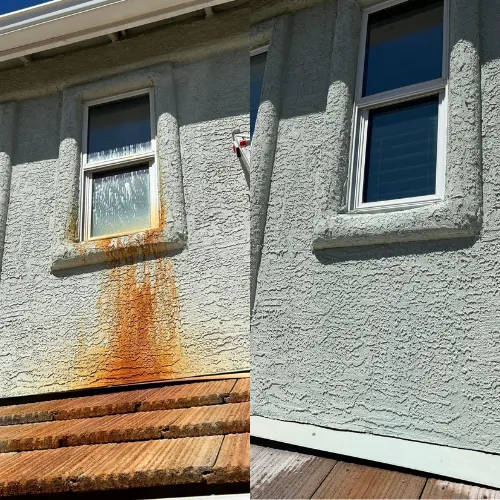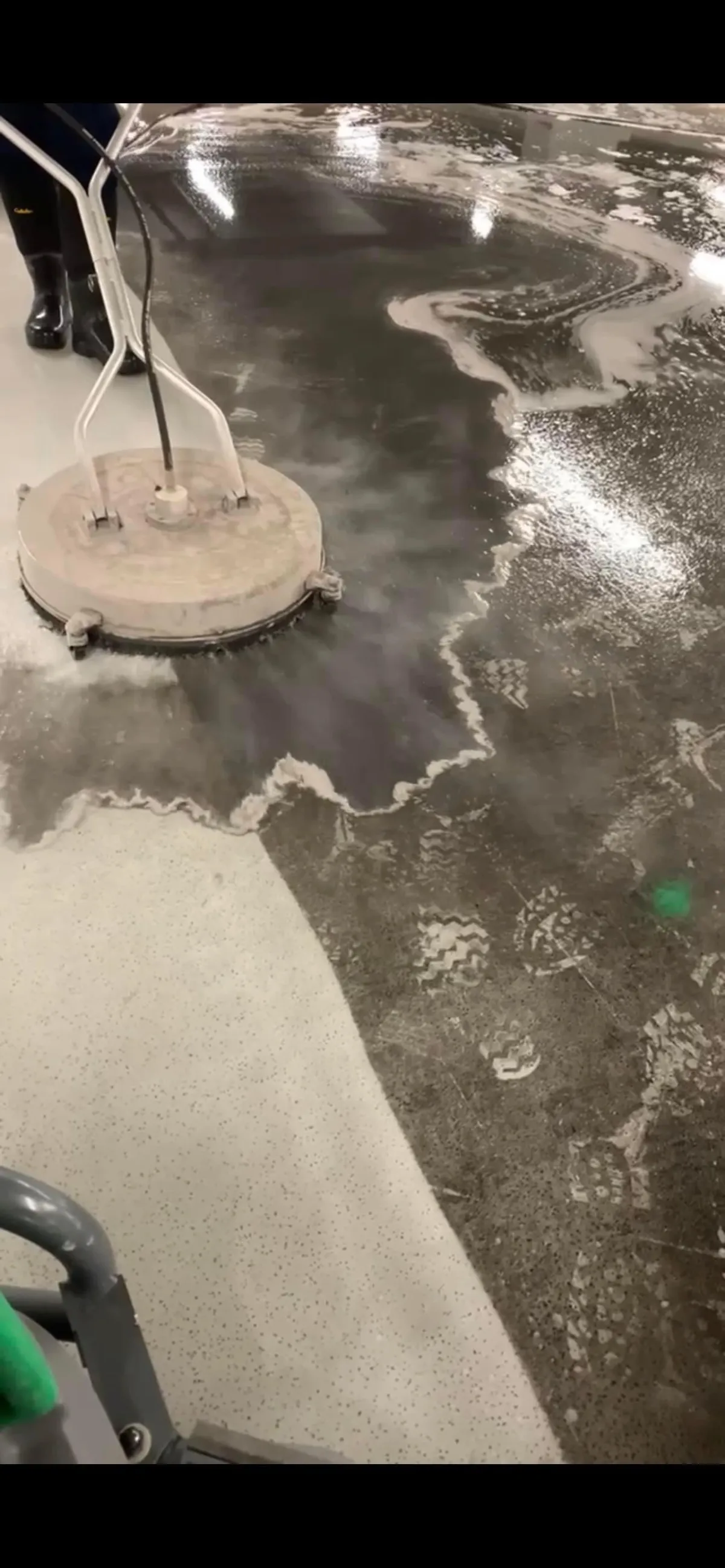
Battling Rust on Concrete: Understanding Formation and Removal
Rust on concrete is not just unsightly; it can also indicate underlying issues and compromise the structural integrity of surfaces. Understanding how rust forms on concrete and the proper techniques for its removal is essential for maintaining the aesthetics and durability of your concrete structures. In this post, we'll delve into the science behind rust formation on concrete and explore effective methods for its removal.
Understanding Rust Formation
Rust, scientifically known as iron oxide, forms when iron, water, and oxygen come into contact over time. While concrete itself doesn't rust, the steel reinforcements embedded within it can corrode when exposed to moisture and air. This corrosion leads to the formation of rust, which then manifests as reddish-brown stains on the concrete surface.
Factors Contributing to Rust Formation
Several factors contribute to the formation of rust on concrete surfaces:
Exposure to Moisture: Concrete structures exposed to moisture, such as those in outdoor environments or areas prone to water ingress, are more susceptible to rust formation.
Presence of Oxygen: Oxygen acts as a catalyst for the oxidation process, accelerating the corrosion of steel reinforcements within concrete.
Environmental Conditions: Harsh environmental conditions, such as salt exposure in coastal areas or industrial pollutants in urban environments, can exacerbate rust formation on concrete surfaces.
Methods for Rust Removal
Removing rust from concrete requires a combination of mechanical and chemical methods to effectively eliminate stains and prevent further corrosion. Here are some common techniques:
Wire Brushing: For light surface rust, mechanical methods like wire brushing can be effective. Using a wire brush, scrub the affected area vigorously to remove loose rust particles and expose the clean concrete surface.
Chemical Rust Removers: Chemical rust removers contain acidic or alkaline compounds that dissolve rust stains from concrete surfaces. Follow the manufacturer's instructions carefully and wear appropriate protective gear when using these products.
Pressure Washing: Pressure washing utilizes high-pressure water jets to blast away rust stains and debris from concrete surfaces. This method is particularly useful for large areas or stubborn rust stains.
Grinding or Sandblasting: For severe rust buildup, grinding or sandblasting may be necessary to completely remove rust from concrete surfaces. These methods should be performed by professionals to avoid damage to the concrete.
Preventive Measures
Preventing rust formation on concrete surfaces is key to maintaining their longevity and appearance. Consider the following preventive measures:
Apply Sealants: Sealants can help protect concrete surfaces from moisture intrusion, reducing the risk of rust formation on embedded steel reinforcements.
Regular Maintenance: Perform routine inspections and maintenance of concrete structures to identify and address potential rust issues before they escalate.
Proper Drainage: Ensure proper drainage systems are in place to divert water away from concrete structures, minimizing moisture exposure.
Conclusion:
Rust formation on concrete surfaces is a common problem that requires prompt attention to prevent further damage. By understanding the factors contributing to rust formation and employing effective removal techniques, you can restore the appearance and integrity of your concrete structures. Remember to prioritize preventive measures to mitigate the risk of rust recurrence and ensure the long-term durability of your concrete investments.

Your Trusted Cleaning Partner
We also offer 24/7 emergency services, so you can always count on us to be there when you need us most. We are committed to providing our customers with excellent customer service and satisfaction guaranteed.
Services

Removal Services
Rust - Oil - Efflorescence - Graffiti
We are the professional that the professionals call out to do their work for them.

Flat Surface Cleaning
Design and install greywater recycling systems that collect and treat wastewater from sinks, showers, and laundry for reuse in landscape irrigation or toilet flushing.

Pressure Washing
When the situation calls for high pressure, our 8 gallon per minute machines have what it takes for even the messiest jobs

Soft Wash
Whether its a commercial building or a private home our soft wash system can leave your home's exterior looking brand new with our 3 step process!

Facebook
Instagram
LinkedIn